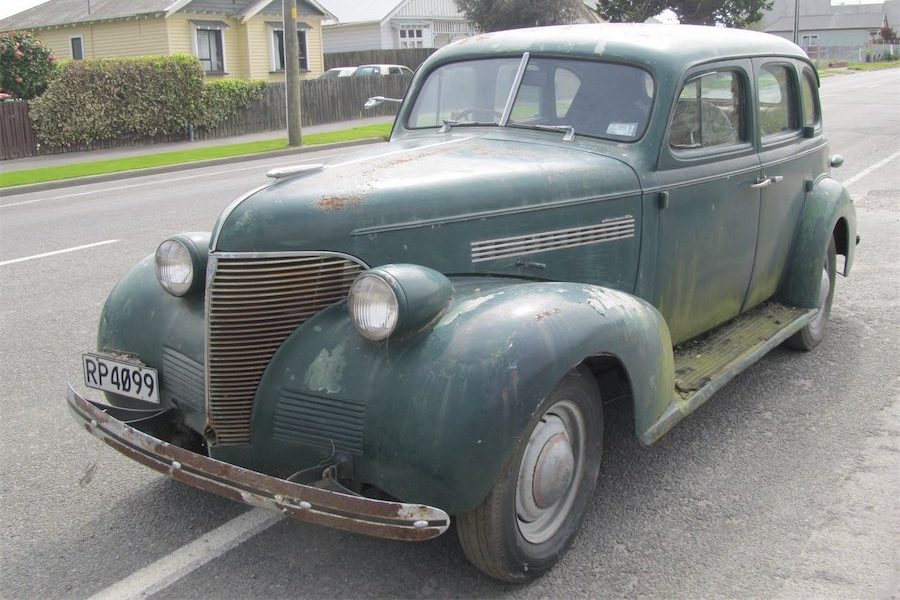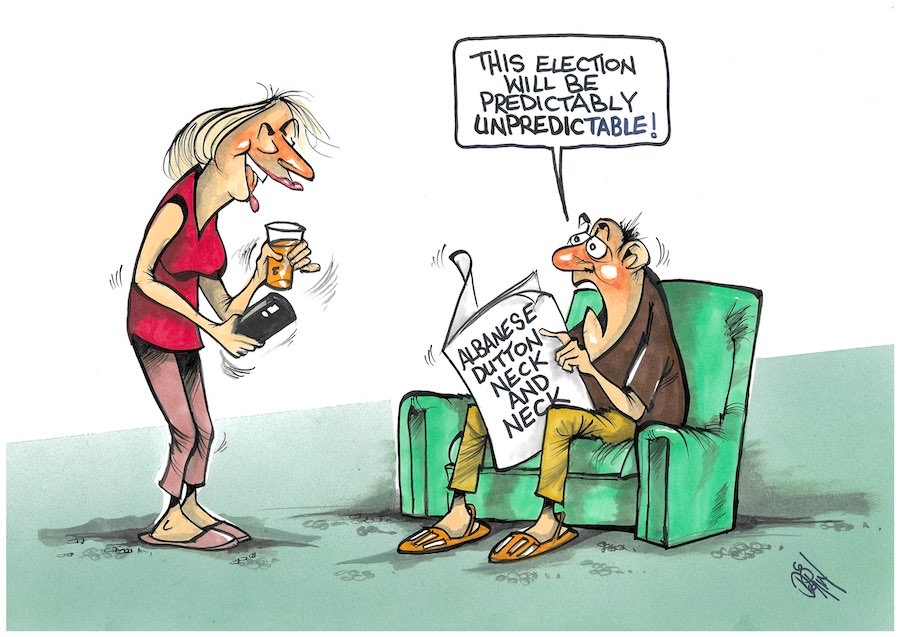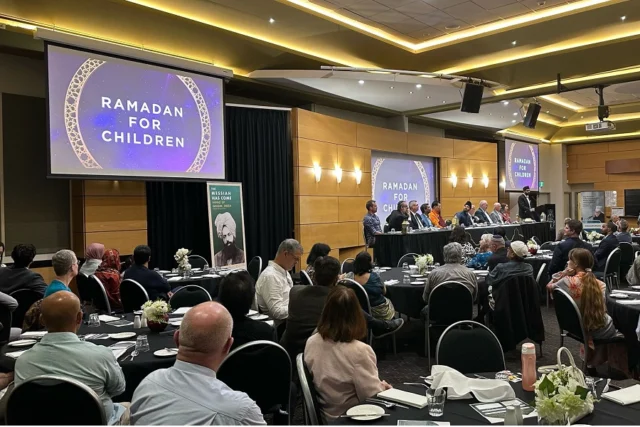
Today, acronyms permeate virtually every aspect of our lives, from business and finance, writes Whimsy columnist CLIVE WILLIAMS, who shares a selection, many of which have become words in their own right, with the users often unaware of what they stand for.
Acronyms, derived from the Greek words akros meaning “topmost” and onoma meaning “name”, have become common in modern communication, serving as efficient tools for conveying complex concepts in abbreviated forms.

One of the earliest known examples is “SPQR” (Senatus Populus Que Romanus), used in ancient Rome to signify the Senate and the People of Rome. However, it wasn’t until the early 20th century that acronyms began to proliferate.
During World War I, acronyms such as “RADAR” (RAdio Detection And Ranging) and “SONAR” (Sound Navigation And Ranging) emerged as vital technologies. And, of course, it was a lot easier to say RADAR or SONAR than use the full form.
World War II further accelerated the use of acronyms, with terms such as “D-Day”, “V-E Day”, and “V-J Day” entering common usage. The D in D-Day stood for the Day any military operation started, V-E Day stood for Victory in Europe Day, and V-J Day for Victory in Japan Day. Additionally, the Manhattan Project spawned acronyms such as “A-bomb” and “H-bomb” with the birth of Atom bombs and Hydrogen bombs making warfare potentially apocalyptical.
The post-war period from the 1950s saw an explosion of acronyms in various sectors, driven by advancements in science and technology (S&T) and bureaucracies. Organisations such as NASA (National Aeronautics and Space Administration) and NATO (North Atlantic Treaty Organization) adopted a wide range of acronyms for their day-to-day work.
The digital age from the 1990s with the rise of computing and the internet introduced a new range of acronyms, with terms such as HTTP (HyperText Transfer Protocol), WiFi (Wireless Fidelity), and FAQ (Frequently Asked Questions) becoming integral to everyday communication.
Today, acronyms permeate virtually every aspect of our lives, from business and finance (eg, CEO – Chief Executive Officer, NYSE – New York Stock Exchange, FTSE (pronounced Footsey) for the Financial Times Stock Exchange), to social media and texting (eg, LOL – Laugh Out Loud or Lots of Love, BRB – Be Right Back, ROFL – “Rolling On the Floor Laughing”, and LMAO – “Laughing My Ass Off”).
In addition to the ones mentioned above, I have listed a few other acronyms, many of which have become words in their own right, with the users often unaware of what they stand for:
- AIDS – Acquired Immune Deficiency Syndrome
- ASCII – American Standard Code for Information Interchange
- ASIO – Australian Security Intelligence Organisation
- ASIS – Australian Secret Intelligence Service
- ATM – Automatic Teller Machine
- COVID-19 – COronaVIrus Disease of 2019
- FOMO – Fear Of Missing Out
- FOOSH – Fall Onto Out-Stretched Hand (a common cause of wrist injuries)
- GIF – Graphics Interchange Format
- GIGO – Garbage In, Garbage Out (referring to data input and output)
- ID – Identity
- IMEI – International Mobile Equipment Identity (your phone’s identifier)
- IPHONE – Internet Phone
- JPEG – Joint Photographic Experts Group
- LASER – Light Amplification by Stimulated Emission of Radiation
- LGBTIQA+ – Lesbian, Gay, Bisexual, Transgender, Intersex, Queer/Questioning, Asexual + any other orientations. In other words, anyone who is not heterosexual.
- MRI – Magnetic Resonance Imaging
- PIN – Personal Identification Number
- RAM – Random Access Memory
- RSVP – Répondez S’il Vous Plaît (French for Please Reply)
- SCUBA – Self-Contained Underwater Breathing Apparatus
- SIM – Subscriber Identity Module
- SNMP – Simple Network Management Protocol
- TASER – Thomas A Swift’s Electric Rifle
- TARDIS – Time and Relative Dimensions in Space
- UNESCO – United Nations Educational, Scientific and Cultural Organization
- VIN – Vehicle Identification Number
- WD-40 – Water Displacement, 40th formula
- WWW – World Wide Web
- ZIP – Zone Improvement Plan (American postal codes)
There’s not a lot of humour related to acronyms, but here’s a few offerings:
- Did you know that DNA is an acronym for National Dyslexia Association?
- CHEVROLET is an acronym for most engine problems… Cracked Heads, Every Valve Rattles, Oil Leaks, Electrical Troubles.
- What’s the difference between the FBI and ClA? Conspiracy acronymists say one killed MLK, the other killed JFK.
- Personally, I’m fed up with LOL, ROFL, and LMAO. Time for all acronyms to be banned in the US, UK and NZ.
Clive Williams is a CBR columnist.
Who can be trusted?
In a world of spin and confusion, there’s never been a more important time to support independent journalism in Canberra.
If you trust our work online and want to enforce the power of independent voices, I invite you to make a small contribution.
Every dollar of support is invested back into our journalism to help keep citynews.com.au strong and free.
Thank you,
Ian Meikle, editor









Leave a Reply